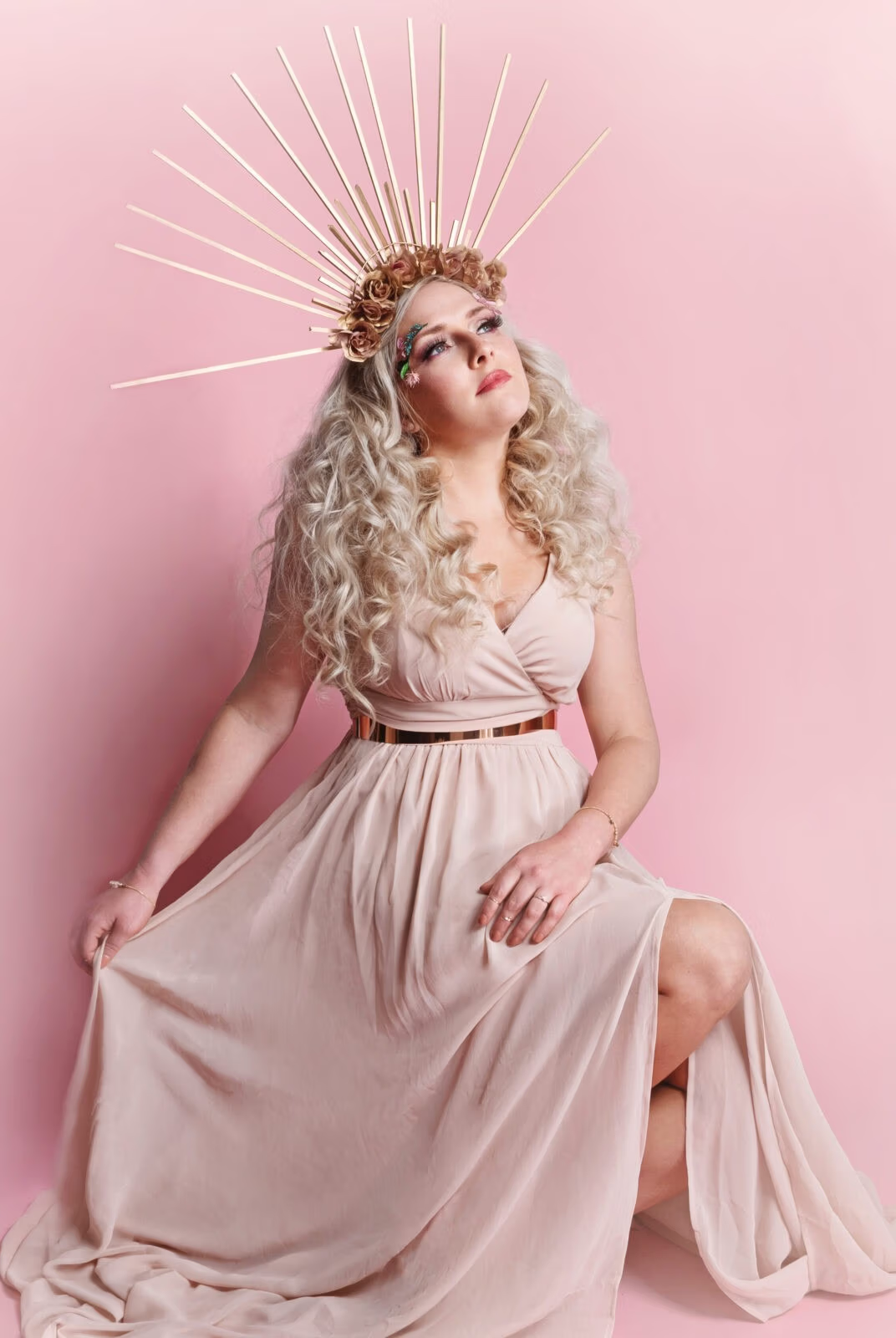 Alright Emily, what is this title even about? 🧐 …well, let me tell ya. Deep Dive style.
Alright Emily, what is this title even about? 🧐 …well, let me tell ya. Deep Dive style.
Ready?
Spring is such a motivating season. I often find myself a hair manic this time of year, and 2022 seems no exception.
I’ve been buzzing around so many projects lately. I’m working on building a BREATHTAKING live show for The Hallowed Wide release (and tour??), amping up my marketing strategies for spring and summer releases, prepping my students for finals and spring concerts, gearing up for an INSANE summer with the wedding band, scheduling interviews for Artifice season 6 (it’s gonna be so good, fam), and…YARDWORK.
*Note: Somehow yardwork is my hobby here…😬
Anyway.
I often find myself confronted with the general public’s idea that artists don’t really work. Or that our work doesn’t count because it’s “your dream job.” Or something.
Naturally, I find this frustrating. And wouldn’t you know it? ALL of March’s Artifice guests had thoughts about this topic, as well…
Ryan and I got into some deep philosophizing here. We talked about how childhood dreams of becoming an astronaut or firefighter don’t preclude adult astronauts and firefighters from experiencing fatigue or frustrations in their work.
Why? Because obviously a child can’t conceive of the sheer mathematics, muscle atrophy, and peeing-sans-gravity of astronauting, nor the danger and circadian disruption of fire-fighting.
For some reason though, our culture struggles to understand that a child with rockstar dreams doesn’t know what endless practice room tedium, on-the-road gas station meals, or mountains of inevitable rejection will actually feel like.
It…definitely feels like work.
But at the same time, we can’t deny the parts of it that feel like magic. And that can get really confusing.
Is it still work if you know you’ll keep doing it without any guarantee of compensation? Is it still work if you sometimes feel transcendent in the process? Is it still work if the proverbial muse is dancing on your shoulder? Is it still work if it sometimes makes you happy cry?
In the end, Ryan and I settled on the idea that our work as artists is inherently a bit “Schrodinger’s Labor,” but that ultimately it’s about faith. It’s our job to invest in the idea that someone really needs what we’re making—but we’ll never have proof before the work is done. And we may not have proof in our lifetime.
I am so romanticized by the way Keely talks about “the beauty of labor.” She speaks of growing up watching her father labor over a corn harvest, or a neighbor’s move, and feeling inspired by these offerings of physical energy.
This early respect for physical labor weaves into Keely’s philosophies about the value of physical labor in dance.
It’s incredibly inspiring to hear Keely talk about the ways she’s currently investigating the blurred lines between formal and informal art-making, the way physical spaces change how we perceive or allow certain kinds of creativity, the boundaries around individual expression and formalized art technique, or theory.
Where does work end and play begin? Where does practice end and performance begin? Where does method end and expression begin? What even is knowledge or skill in these mysterious matters?
Ted shared stories of a remarkable youth spent partly in laboring to help with household bills…and partly sketching rare cliffside primroses from the mouth of the literal cave he LIVED IN for weeks at a time during summers.
If anyone understands the duality of art as earnest magic-making and putting-food-on-the-table LABOR, it’s this incredible man.
Ted speaks so passionately about his work as a tattoo and body-modification artist. As he should, he feels it an honor to help his clients process grief and trauma through tattoos. He feels gentle pride in helping people show their insides on their outsides.
We talked about how so much of our lives are built upon truly profound experiences with one person at a time in a small room (I feel this deeply as a music teacher), but that this is a kind of labor that’s largely invisible to the general public.
Finally, Ted leaves us with a gorgeous thought about the value of art work…
“Art helps people understand that the world isn’t so cut and dry and square and gray.”
And man, isn’t that just it right there?
It’s labor. It’s work with incredible, tangible value. And…it’s also fucking magical and mysterious. The end! #schrodingerslabor
So. In conclusion. 😅
It’s springtime – the liveliest time of the year. A most magical time of year. Here’s to that magic, and all of the other invisible magic that floats around our gorgeous and tender human lives in so many shapes and forms.
Find some flowers to smell, and some art to be moved by.
Love,
Emily
